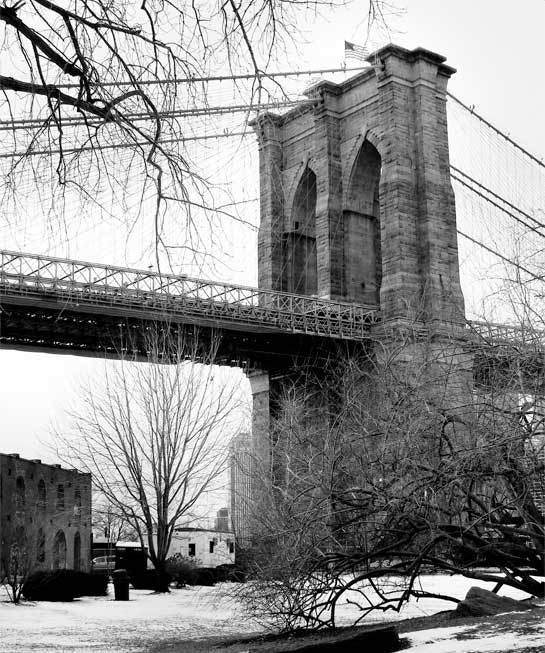
In the late 1800s, the Brooklyn Bridge was built with no power tools, no heavy machinery, and only a basic, evolving understanding of how to make steel. It’s not these facts, but the stories surrounding the facts that inspire me when I take a good, long stare at a suspension bridge. But first…
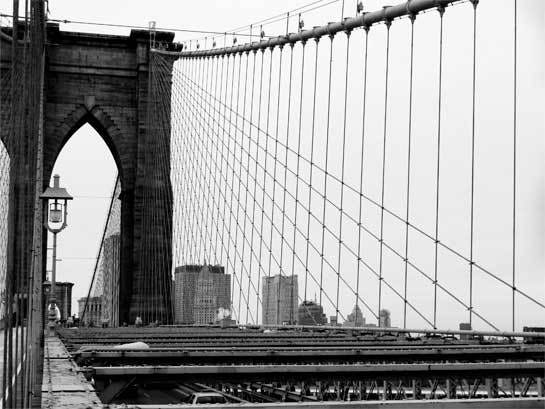
Stunning.
In a good bridge, I see the defiant end result of how some of my favorite engineering stories begin:
- “I’m sure you can arrange an impressive line of people who say it’s impossible. I take personal joy in ignoring those who say no.”
- “Yes, halfway through this project we’ll discover the impossible, but we know how to build through the impossible. Impossible is when we do our best work.”
- “Trust me when I say that I can close my eyes and see the end result, and when you can see it, too, you will be amazed.”
Ignore the No. When Brooklyn and New York’s population was booming at the end of the 19th century, the best way to get to and from Brooklyn was via ferries. As solutions were considered, I’m sure there were those who simply thought, “More boats!” These ardent defenders of the status quo were not engineers — they were the business. Their goal was not to build something great, but to make a profit.
It was an engineer named John Roebling who proposed a suspension bridge. We take bridges for granted now, but back in the 1800s, bridges were in beta. They fell. One out of every four bridges… fell. He convinced them by designing a bridge half again as big as any before it that was six times stronger than he estimated it need to be. Roebling designed the complete specification for the bridge in a mere three months and then died of tetanus from an injury he received surveying the bridge site.
Discover the impossible. Both of the towers of the Brooklyn Bridge are in the water of the East River. Ever wonder how you dig a big hole in the bottom of a river bed? In the late 1800s? It’s called a caisson, which is a huge, watertight wooden box half the size of a city block. This monstrosity was constructed on the river, sealed with pine tar, and carefully floated to a specific location on the river. It was then slowly sunk to the riverbed by placing stone on top that would eventually become the foundation.
Done, right?
Wrong. With the caisson on the riverbed, it’s time to push it another 45 feet into the riverbed in search of bedrock. Workers did this through the continued application of stone to the top while workers in the caisson dug out the riverbed with shovels, buckets, and, when necessary, dynamite. There was nothing resembling an electrical grid, so there was nothing resembling modern lighting in this watertight pine-tarred box, which was slowly descending through the floor of the East River. There were no jack hammers, so when they hit rock, they used small amounts of dynamite to crack these rocks. In a pine-tarred box, at the bottom of a river, mostly in a very wet dark.
And when the caisson finally hit bedrock 45 feet underground, they had to do it all over again for the New York tower. 30 feet deeper.
You will be amazed. With his father killed via an accident early in the surveying process, it was Washington Roebling, John’s son, who was chief engineer. He did the balance of this work bedridden in Brooklyn Heights, suffering from caisson disease, which he acquired working in the caisson as it descended into the New York-side of the East River. It’s not technically a disease; it’s decompression sickness or the bends, and it forced him to monitor all of the work from a window in his bedroom. He relayed detailed instructions via his wife, Emily, who effectively managed a cadre of politicians, competing engineers, and anyone else working on the bridge for over a decade.
As the New York caisson descended further than its Brooklyn counterpart, the incidents of the bends increased, killing two men. With no bedrock in sight, Roebling used his knowledge of geology and mineralogy to make an amazing decision: stop digging. It wasn’t bedrock, but it was compacted sand.
The New York tower. 78 feet deep into the riverbed. Resting on sand. It hasn’t moved.
We Are Defined By What We Build
The Brooklyn Bridge was built from 1870 until 1883. A quick history refresher: five years after we finished shooting each other in the American Civil War, we started building this:
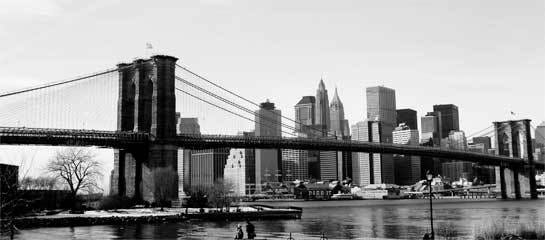
Three years after that, work started on another:
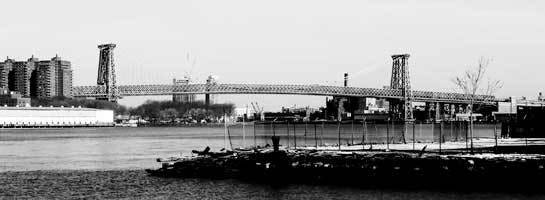
And before the Williamsburg Bridge was even done, work started on the Manhattan Bridge:
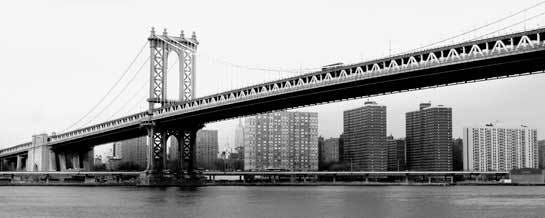
These are the words and the stories I hear in the Brooklyn Bridge: enthusiasm, audacity, impossibility, and amazement. More importantly, I see a work of bare utility with a palpable sense of confidence, an equilibrium with nature, and a beauty that only grows with time.
We are defined by what we build. It’s not just the engineering ambition that designed these structures, nor the 20 people who died building the Brooklyn Bridge. It’s that we believe we can and decide to act.
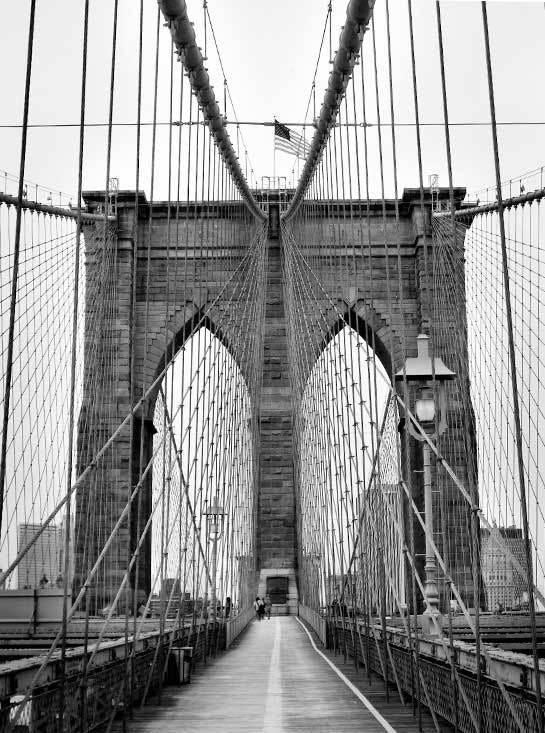
It’s time to build.
